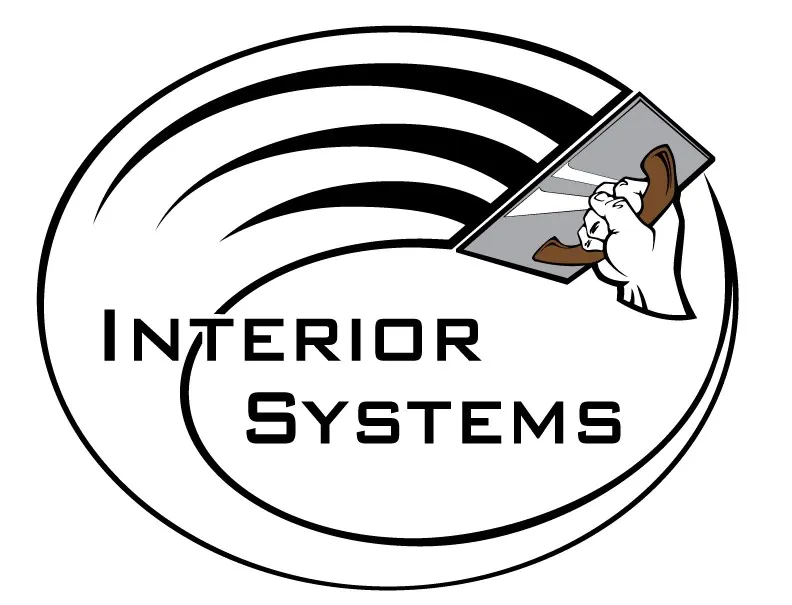Drywall Repair
If you’ve got drywall, you’ll eventually need drywall repair. It’s that simple. It’s not unusual that at some point you’ll need either ceiling repair or wall repair, where there are holes or cracks within the drywall. Common reasons for drywall repair are:
- Damage caused by a doorknob, rambunctious child’s toy or swift kick
- Water damage from a leaking roof or plumbing which consequently damages the drywall ceiling
- Home improvements such as adding an electrical outlet or removing old cable or wiring
The good news is that drywall ceilings and walls are usually fairly easy to repair, and when the job is done properly and painted with skill, the damage will disappear.
Drywall Repair Options
Understanding how to repair a hole or crack within your drywall is very useful, but you what are your options? Your two options are to make a localized repair of the damage or to replace the entire sheet of drywall. Each has its pros and cons:
Local repair: This is the standard technique for damage to a small to medium-sized area. There’s less mess with a local repair. Small holes require only spackling, no additional drywall. If drywall is needed, a piece of scrap material might be large enough for the purpose, saving you some money. The caution regarding local repair is that any large piece must be fastened to a stud or other suitable bracket for stability, and inserting and securing the mounting material can be difficult.
Full-sheet repair: This is the simplest ways to repair large holes in drywall. The sheet is removed from the studs and a new piece of drywall is screwed in place. The joints are taped, mudded and sanded, resulting in a clean repair that might blend better with the rest of the wall than a small patch.
The main disadvantage to this method is the need for precise cutting out of the old sheet, which is time-consuming and difficult, so sheets next to it aren’t damaged. Also, replacing a full sheet is a larger mudding, taping and sanding project.
Patching drywall: This repair involves removing all of the damaged drywall, cutting a drywall patch, installing, mudding and sanding it. There are two keys to the job. First, make sure you cut the patch from drywall of the same thickness, so that it lays flush with the surrounding surface. Secondly, the patch must be held securely in place either by attaching it to studs or to some type of bracket made for drywall repair.
If you are in need of a repair, give Interior Systems of Virginia a call today.

